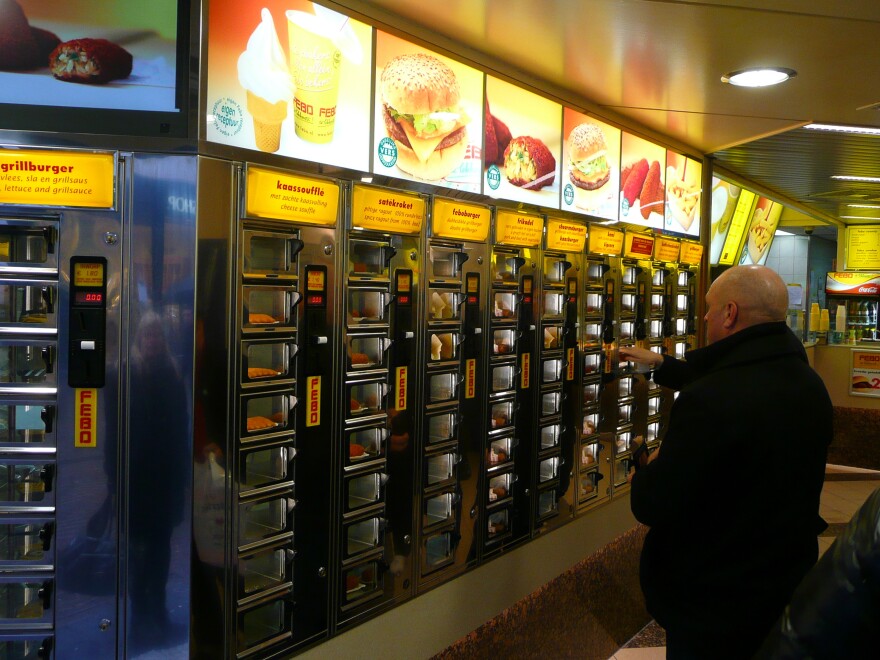In perhaps the largest nationwide fast-food strike in history, the employees who make your 99-cent burgers and tacos were planning strikes in 50 U.S. cities Thursday. Workers are calling for a $15 minimum wage and hoping to raise attention to the fast-food industry's low pay and limited prospects. The current federal minimum wage standard is $7.25 per hour.
Business-friendly groups argue that the push for higher wages will only speed up the workers' "replacement by automation," especially if the demand for a higher minimum wage is met.
"The burgers of tomorrow could be made by robots — not employees," argues The Employment Policies Institute, a business-financed think tank that is running a full-page ad against the strike in The Wall Street Journal.
"The fight for $15 is a fight against technology, not management — and that's a fight that these union-organized protestors can't win. Instead of securing a bigger paycheck, the less-experienced employees demanding a more than 100 percent pay increase will find their jobs replaced by less-costly alternatives," Michael Saltsman, research director at EPI, said in a statement.
The chances of Congress raising the federal minimum wage are beyond slim, especially during a time when the only bills lawmakers can seem to pass involve renaming post offices. But the automation question got us thinking. Haven't we seen automated fast-food restaurants somewhere before?

Yes! They're called automats — restaurants where the food is served by vending machines.
Today, Amsterdam's Febo chain of stores feature only vending-machine service for burgers, fries and more. A few employees are responsible for stocking the items behind the machines but way out of customer view, so you can walk up, drop in your coins and get a hot meal after a long night out without talking to anyone face-to-face.
Japan also has a version of automats, known there as shokkenki. There, you choose the meal you want and purchase a ticket for it, then you hand in your ticket to the cook behind the counter. I guess this eliminates the role for the person who takes your order at the register.
And the serverless restaurant was actually in vogue in the United States at the turn of the 20th century. Smithsonian Magazine looked back:
"Horn & Hardart and its cavernous, waiterless establishments represented a combination of fast-food, vending and cafeteria-style eateries. These restaurants, with their chrome-and-glass coin-operated machines, brought high-tech, inexpensive eating to a low-tech era. Making their debut in Philadelphia in 1902, just up the street from Independence Hall, and reaching Manhattan in 1912, Horn & Hardart Automats became an American icon, celebrated in song and humor. With their uniform recipes and centralized commissary system of supplying their restaurants, the Automats were America's first major fast-food chain."
But by the 1970s, the magazine explains, automats fell victim to consumers' changing tastes and lifestyles. Americans had moved into the suburbs, which killed the late night business at downtown automats. And places like McDonald's had lower food costs.
Now that automation is en vogue again, maybe automats, like so many other trends, will get a chance at a comeback.
Copyright 2020 NPR. To see more, visit https://www.npr.org. 9(MDAyNDY5MjM1MDEyODE2MzMyMTZmZDQwMg001))



